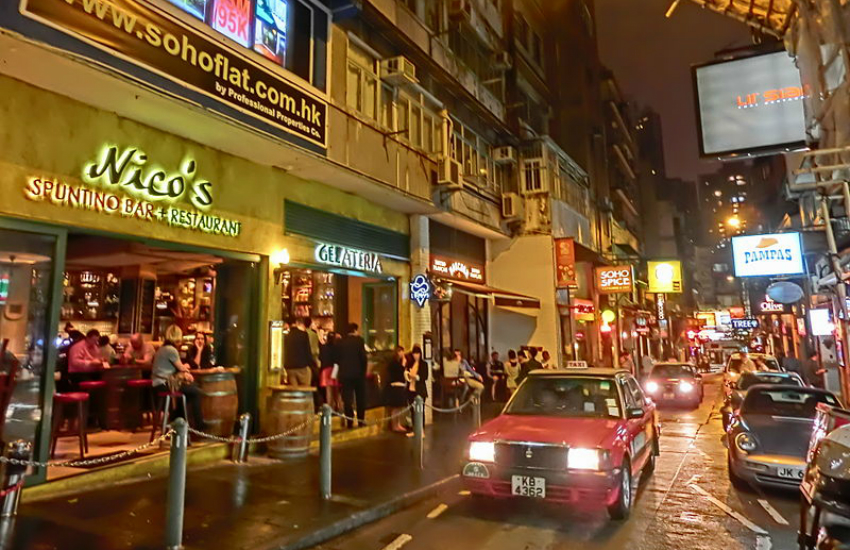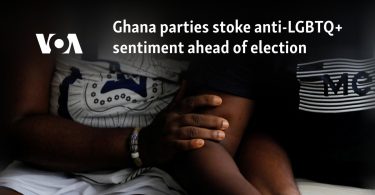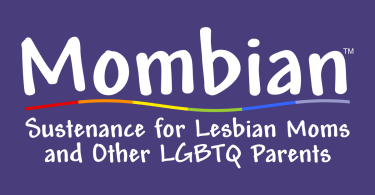The number of new HIV infections in Hong Kong is increasing (Photo: Wikipedia)
A study in Hong Kong has found less targeting could be more effective when using pre-exposure prophylaxis (PrEP) to tackle new HIV infections among men who have sex with men (MSM).
Current World Health Organization (WHO) guidelines recommend prioritizing at-risk populations.
But a study published in Scientific Reports found that giving PrEP to 30 percent of MSM in Hong Kong, regardless of their risk, would avert more new infections than prioritizing only those with the highest risk of infection.
The findings could provide a new model for combating HIV among MSM in areas with relatively low prevalence. It also might be useful in areas where the at-risk population is harder to find.
Although new HIV infections in Hong Kong are rising (from 170 in 2010 to 464 in 2015), prevalence remains relatively low. An estimated five percent of MSM in Hong Kong are HIV positive.
The cost of finding identifying and managing the relatively small at-risk MSM would be high, according to the report.
Targeting may also stigmatize at-risk MSM and make them less likely to take PrEP, test regularly and seek treatment.
The study was based on data from all three publicly-owned HIV clinics in the city. It also found that HIV prevalence among the whole population of Hong Kong could rise to 1.6 percent by 2021.
LGBTI Hong Kongers
Hong Kong’s LGBTI community remain largely marginalized in conservative Hong Kong.
The city does not recognize same-sex marriage or protect LGBTI people from discrimination based on sexuality or gender identity.
This means many LGBTI Hong Kongers are not out at home or at work. But there have been signs that attitudes to LGBTI people are improving.
In July ruled Hong Kong’s immigration department must recognize same-sex unions in spousal visa applications.
Last week, the government changed its visa policy in line with the ruling.







